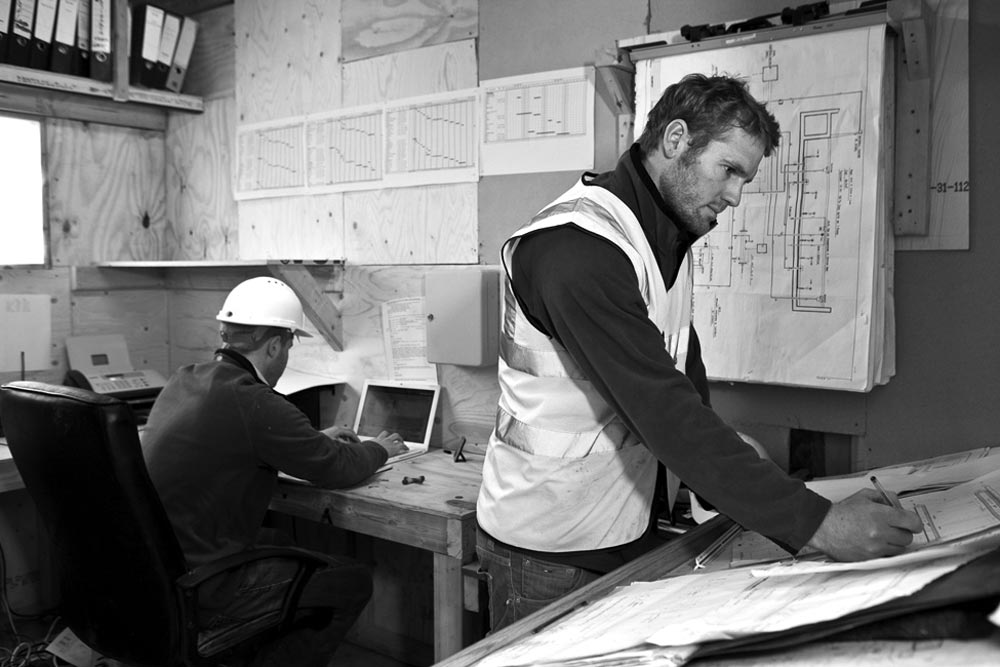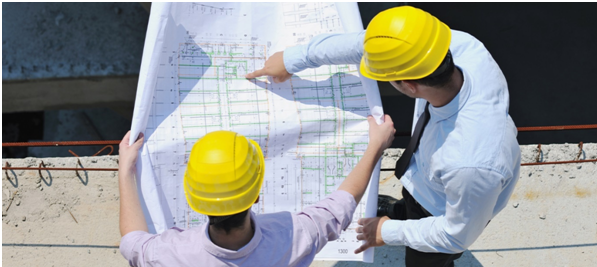
Construction management planning stages
Like every other construction project, the construction team begins with a design, which is the foremost kick to start an assignment. Prior to that costing, budgeting and other associated cost with materials and human resource must be apprehended. Other essential activities includes generating the activities, managing the team, analyzing the procedures that needed to be taken forth and the effective measurements during any unexpected occurrence.
The stages required while planning for a construction are:
I. The phase before design
The phase where one needs to pre-design the building and executed by a team of designers through the collaboration with the team of management and the client. The ideas are molded into structure and a demonstration is provided for the project requirement. A managerial team is formed and budgets are decided before submitting the assignment for review to the Capital Project Advisory Board.
II. Designing
The designing stage comes with four other sub-phases i.e., programming and feasibility, schematic design, design development, and contract documents. The goal remains to provide an appropriate design within the agreed cost that will meet the demand of the clients. First, the size and the space required must be considered at the initial work of designing and then patterns and textures needed to complete is taken into account. Lastly, the budget is apprehended and the final decision is executed.
III. The bidding
While the designs are finalized and the vital documents for the construction are ready, bidding takes place that assures the amount to be paid by the client to the team for the completion of the project. Open bids are meant for public projects whereas closed bids are for the private projects.
IV. Pre-construction stage
The stage initiates when the clients handle the assignment to the contract to start their work. It involves assigning a set of workers, a manager, superintendent, contract administrator and a field engineer. During this period, a site investigation is ordered to look for the quality of the soil and any other environmental hazards prevailing near the location.
V. Determining cost/procurement
The procurement step complete the purchase orders of labours, materials and equipment needed for the project build-up. This is where the contractor takes the responsibility to agree with the seller to buy the products that should necessarily fall under the budget.
VI. Construction
It get ahead with a session that includes all sorts of discussion about labours, their working hours & schedules, the quality check, material storage, relocation of other occupants in the nearby area if needed, the problems that may arise and the payment scheme. The equipment is moved to the site and is regularly monitored to ensure work in progress.
VII. Client’s ownership
The last phase involves setting up a structure with facility for the clients to move in. After the completion, building systems are tested and budget gets closed with a warranty period served on the materials.
To your project success,
Marvin









